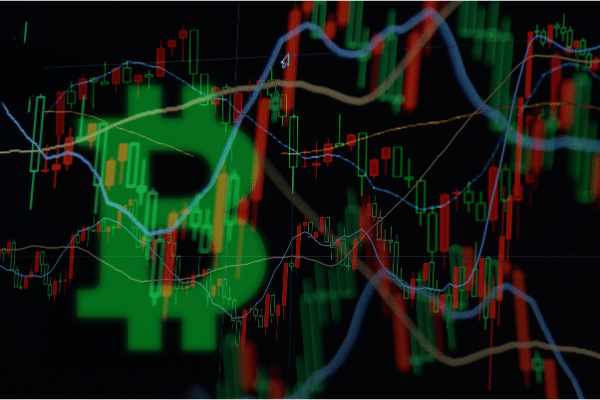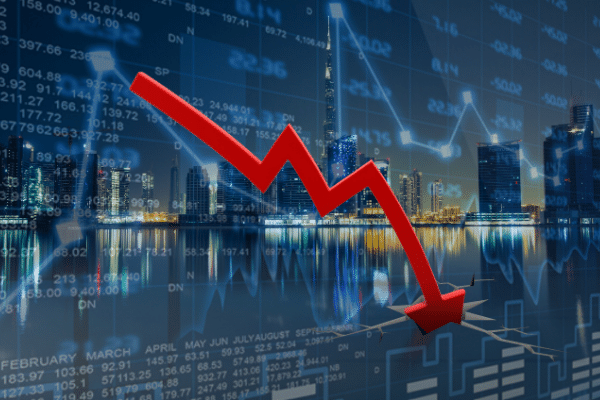
Since December 16, 2020, Bitcoin has doubled to hit almost US$42,000 before undergoing a correction in the last two weeks. Many naysayers relish this opportunity to negatively opine on Bitcoin’s volatility.
Volatility seems to be hallmark of crypto trading. As most seasoned crypto traders would attest, there are basically very little valuation models which can be applied to crypto. In the absence of a credible valuation model, one cannot derive a fair value for an asset. Hence, whatever price a crypto arrives at largely depend on whales (individuals who hold large quantities of a cryptocurrency), herd instinct, technical charts and to a mathematical degree, the token economics surrounding the cryptocurrency.
Seasoned crypto traders would sit up but not panic at the volatility experienced by Bitcoin in the last two weeks. First of all, it would seem incredulous to expect bitcoin price to keep charging ahead without experiencing a retracement of sort. The bubble will just get bigger and we all know how it goes when a huge bubble pops. In fact, this short period of consolidation serves as an indicator of a healthy market system.
There is also a marked interest in buying activity at or near the US$45,000 level. Tesl’as recent announcement of their US$1.5 billion purchase worth of Bitcoin at a suspected average price of US$35,000 to US$43,000 lends credence to institutional support at the US$40,000 mark.
As of this writing, Bitcoin has recovered to US$46,000 from a low of US$43,500 just a day ago. Many new crypto investors were undoubtedly frightened by such large beta swings and would naturally be rushing for the exit.
Such swings are going to repeat over and over again. If you decide to invest in your first Bitcoin, be prepared mentally, emotionally and financially. You may lose it all. But, if you choose to onboard the crypto bandwagon, you need to stomach the volatility.


